Written by Pfc. Beverly Mejia
40th Public Affairs Detachment
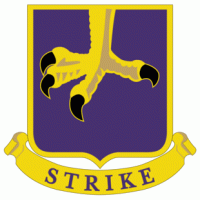
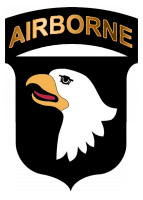
Fort Campbell, KY – Bright and early on a cool April morning at 5:00am, 101st Airborne Division soldiers were called out to their company; they are told to arrive promptly in uniform, with their gear fully packed, ready and set to go.
Spring is the time for renewal and beginning, for these soldiers, it will be the beginning of training once more.
Today, they will endure miles of foot marching followed by hours of intense training out in the hot wood-lines of Fort Campbell.
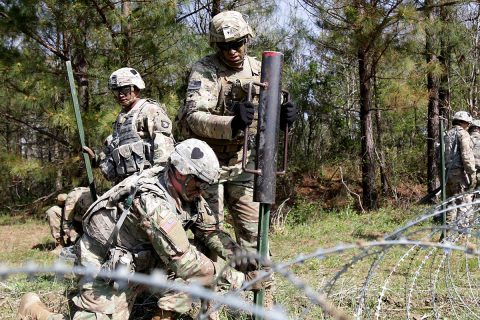
Soldiers of 2nd Platoon, Alpha Company, 39th Brigade Engineer Battalion, 2nd Brigade Combat Team, 101st Airborne Division (Air Assault), conducted on-post tactical fitness, counter-mobility and survivability training on April 18th, 2018.
This training and others like it, are conducted on a weekly basis to further ensure that 39th BEB’s combat engineers remain efficient in their skills as 12 Bravos.
“Today we started with a four-mile ruck march with full kit and a 30-pound ruck,” said 2nd Lt. Garrett Bridenbaugh, Engineer officer and platoon leader of 2nd Plt., A Co., 39th BEB, 2nd BCT, 101st. “We then proceeded out to the training site to build counter-mobility obstacles. Today we focused on the Triple Strand Concertina Wire Obstacle and the Eleven-Row Obstacle, we also went through survivability positions and fox holes.”
Concertina wire is a type of razor wire that is formed into large coils which then expand like a concertina, similar to an accordion.
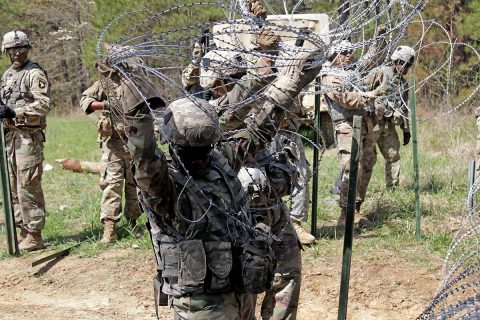
The Triple Strand Concertina Wire Obstacle, constructed by combat engineers, consists of two rolls of concertina wire side-by-side on the bottom with one roll of wire on top, like a pyramid, secured with additional wire to prevent crushing. It is designed to slow or stop personnel and small wheeled vehicles.
The Eleven-Row Obstacle consists of 11 rows of concertina wire laid parallel to each other on the ground and are anchored with pickets. This is used to hold back and slow down incoming enemy personnel and even tanks.
A combat Engineer is a soldier who performs a variety of different demolition and constructional tasks while under combat conditions. Their mission is to assist other military personnel when taking on rough terrain in combat. They provide expertise in areas such as mobility, counter-mobility, survivability and general engineering.
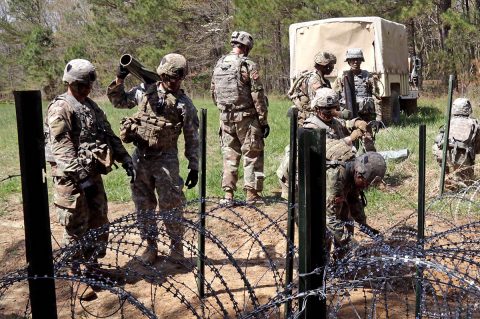
As companies continue to grow in strength with personnel, for some of the newest soldiers this was their first hands-on training experience with 39th BEB after advanced individual training.
“Today went well,” said Pvt. Tristan Cooper, combat Engineer with 2nd Plt. A Co., 39th BEB, 2nd BCT, 101st. “We worked together as a team and it got done faster than I’ve ever seen it competed in AIT. I got hands on learning for the triple strand, eleven row and fox holes. It was a good day.”
“The importance of this is to get the ‘Sapper’ squad to become more efficient in constructing the obstacles and understand the standards,” said Sgt. Jose Acosta, combat Engineer and squad leader with 2nd Plt., A Co., 39th BEB, 2nd BCT, 101st. “We only teach the standard, right? Therefore, we expect them to be more effective in their work.”
After a long and hot day out in the field, the soldiers of 39th BEB learned some of the most effective counter-mobility defense obstacles as well as learned how to work as a cohesive unit as brothers and sisters in arms.
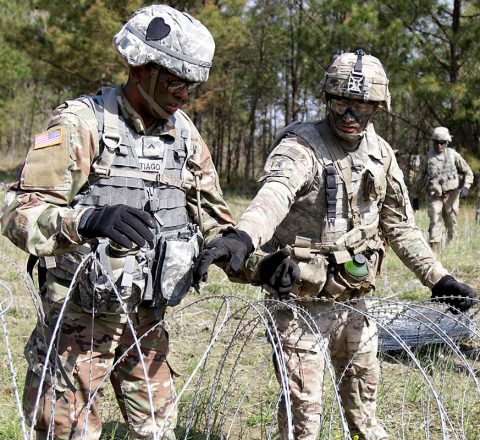
“The more training we are able to do like this, the closer our platoon becomes,” said Bridenbaugh. “The more ‘esprit de corps’ we have the more comradery we can build. The soldiers love to come out and train. We try and get as much training out of it as we possibly can and just try to have fun while doing as much work as possible.”



